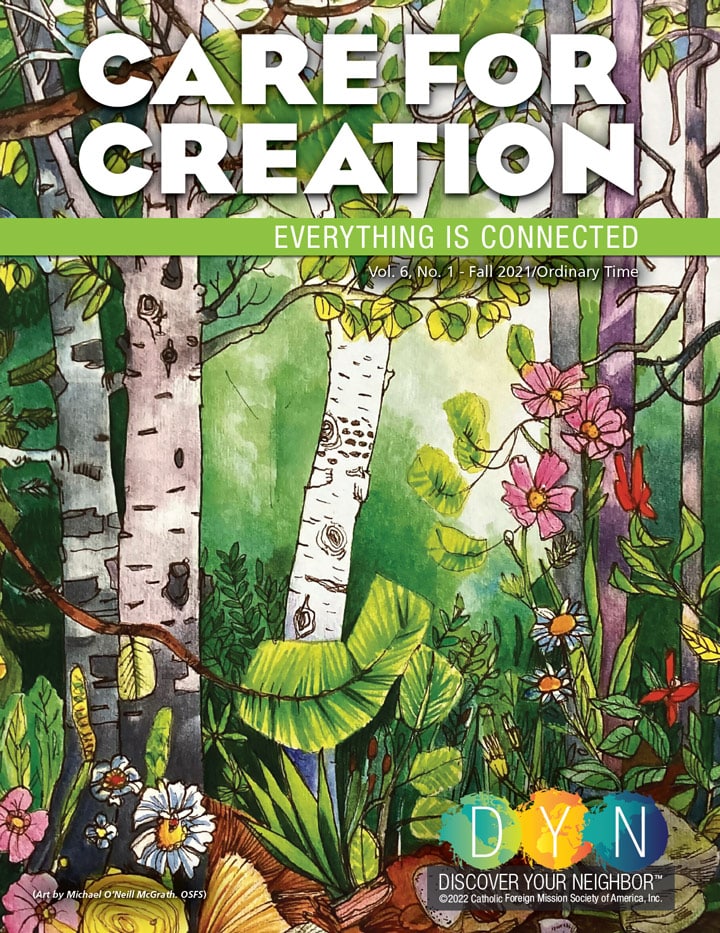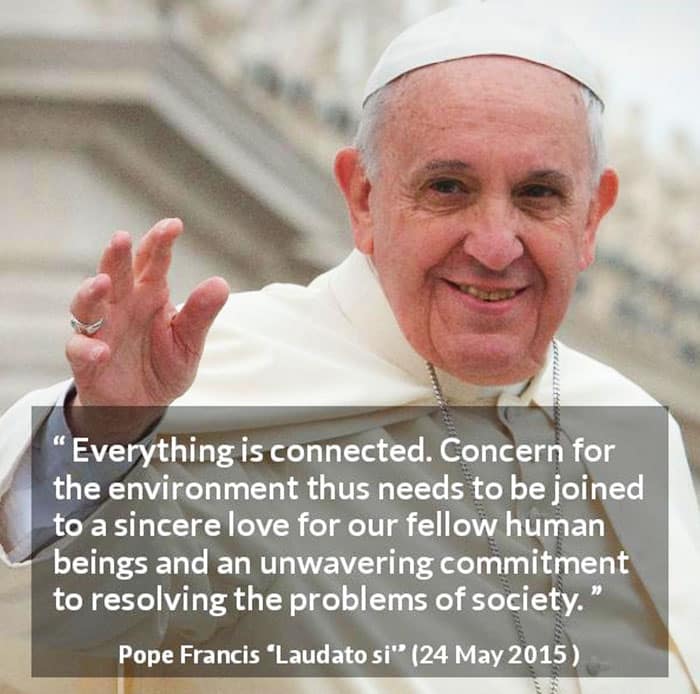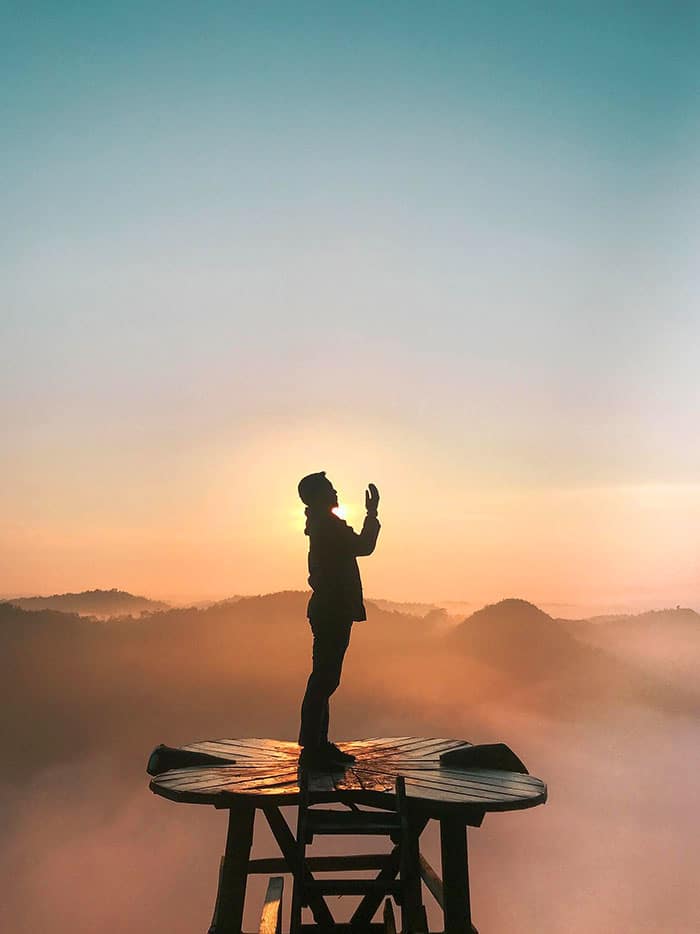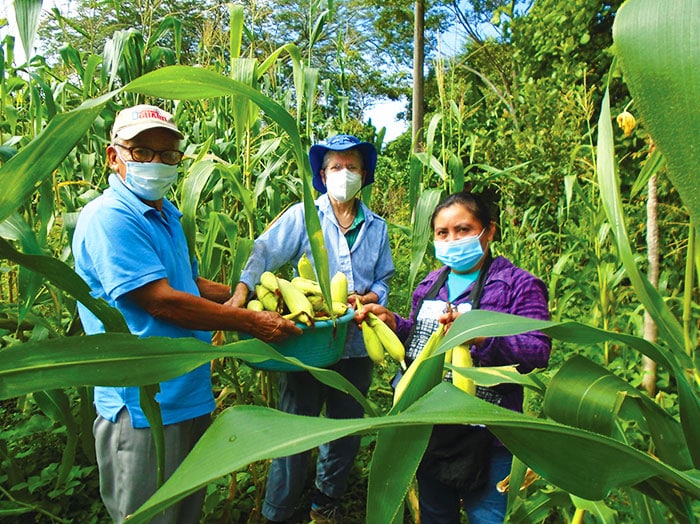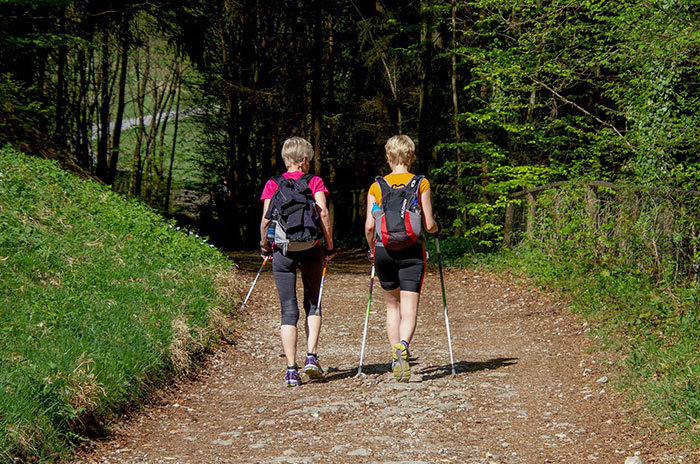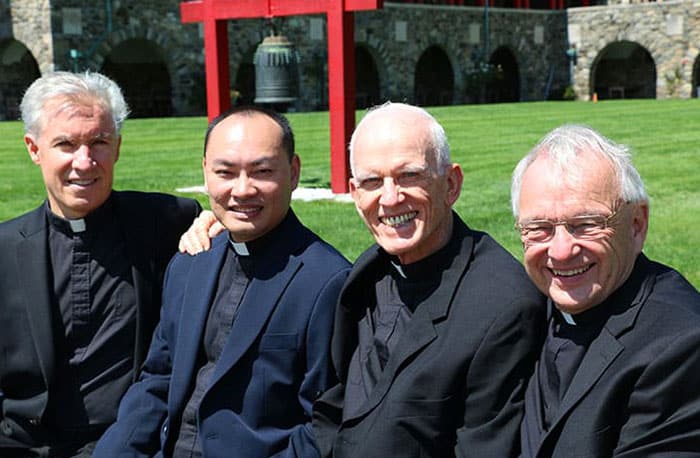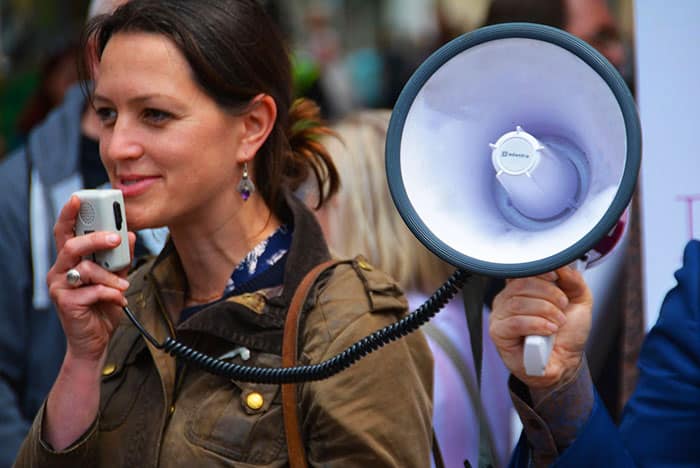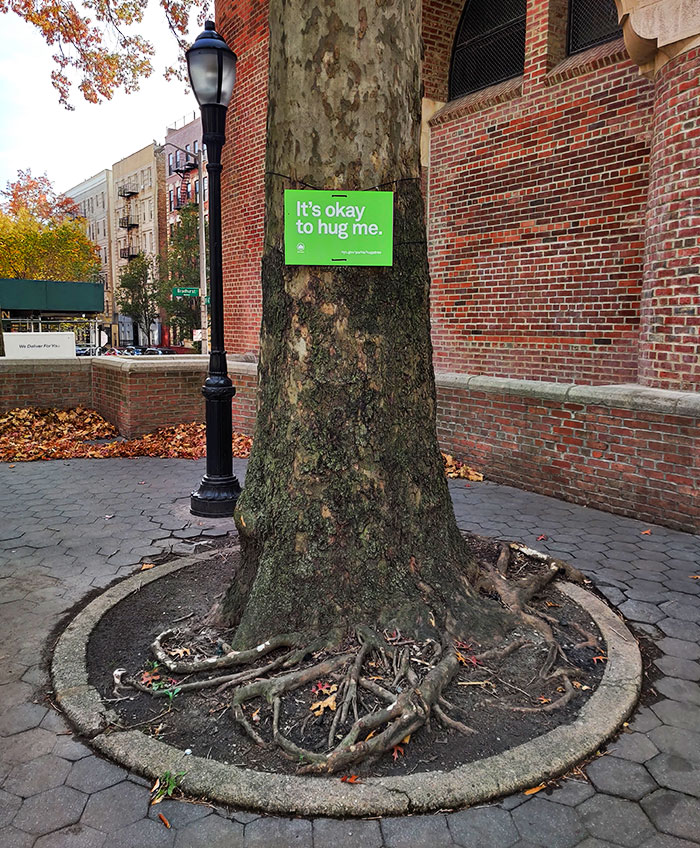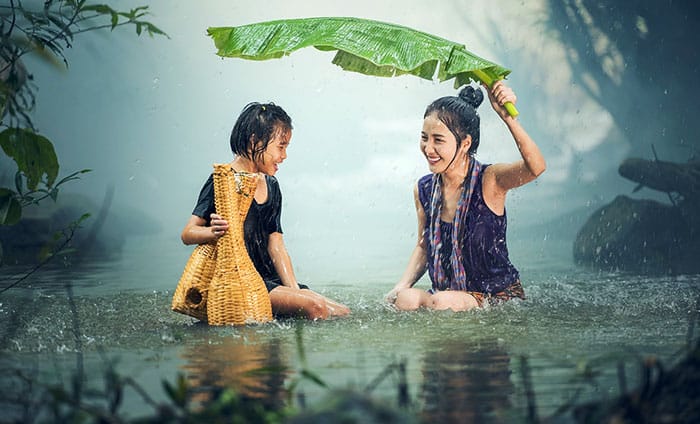Access your Middle School or K-5 Educator’s Guide for your classroom by filling out the form below. You will then be directed to a page where you can download a high quality PDF file to print out or share digitally.
Download the:
Students will LEARN from scripture and church teaching about the connectedness of all of creation.
They will IDENTIFY ways that people are working together to fight climate change in El Salvador.
They will CREATE videos detailing the impact of climate change and actions they can take to make a difference.
God of Heaven and Earth
Help me to slow down
and listen to all living things
So that I may hear the cry of the poor
and the cry of creation
Help me to see how my actions
impact the dignity of living things
Help me to be your witness
so we can see the interconnectedness
of our way of life on the poor and on the Earth
Guide me and all people
in your way of compassion
so that we may together
build a better tomorrow for all.
AMEN.
In closing, WATCH this video and pray the
Earth Day Prayer from CHA.
Read the Mission Story
“Everything is connected,” explains Maryknoll Lay Missioner Peg
Vámosy. Together with the social justice committee of Monte San Juan Parish near Cojutepeque in the Cuscatlán department of El Salvador, Peg promotes sustainable agriculture to family farmers. She says with problems like climate change, concern for migrants and refugees, plastic waste, poverty, and the impact of the world wide pandemic “sometimes the problems seem so overwhelming that we have to break them down into more manageable pieces, but we must not fail to see their interconnectedness.”
Peg believes, “If local people see that they can have an impact when they work together, then environmental issues can become
opportunities for people to be the drivers of their own future. Once they feel empowered, they can then work together to solve all sorts of problems, not just environmental ones.” One challenge the families she works with faced was replacing their farming practices with new ones that often required more work. Many of those families who have experienced hunger said, “We need to have enough corn and beans to survive.” Peg understood that the need for more food “keeps them from taking the risk of growing their staple crops without chemical fertilizer which negatively impacts their harvest and helps farmers diversify into other crops. Still, I encourage them to try small plots, and the results we’ve had in our community field are being noticed. We’ve also started a poultry project, trying to grow most of the grains necessary to feed the chickens.” Peg’s ministry is also working to teach families how to use less plastic, recycle, conserve water, and plant more trees and diverse crops.
Working together the community is overcoming some of its challenges. Being involved in the agricultural ministry has given them hope. Community member Hernán says, “Our crops and what we are doing now give me hope. We know that God does not abandon us in spite of all the disasters that we as humanity have experienced. And the Spirit always keeps me ready to move forward and do things better.” Another community member Reinaldo says, “My hopes are that this idea of conserving our natural resources resonates within the whole population, that we can transform our environment so it is more livable, and that future generations can enjoy what we have been able to enjoy.” Peg said, “My hope comes from all the people here in El Salvador with whom I have the privilege and the pleasure of working. In spite of so many difficulties, they strive every day, trying to produce and provide the best for their children and for their future. Their generosity toward others with less and their unfailing concern for those beyond their own families, communities and country never ceases to amaze me.
Everyone in these agricultural and environmental ministry groups is
convinced of the need to preserve, protect, and care for our Common
Home, which gives me great hope to continue every day in our efforts. And
the children — like my neighbor, Daniel, who likes to learn about nature
and growing his own food — are a great sign of hope!”
- Identify some of the ways that people are working together or with nature in this story. What are some challenges and some rewards of working together on projects?
- The agriculture ministry involves young people in their work. What talents or ideas do you think young people might have that could benefit this work? What talents or ideas do you have that could be used here or in other local projects?
- How are the people involved in this project learning new things and growing in their understanding of how to care for creation?
READ ONE OF THE FOLLOWING:
OLD TESTAMENT: Psalm 148:1-14
LIFE OF JESUS: Luke 10: 1-9
CHRISTIAN LIVING: 1 CORINTHIANS 12:12-27
REFLECT:
- Read the psalm then go for a walk. Take a picture, a video, do a drawing of nature giving praise to God. Share your work with the class.
- In Luke, Jesus sends the disciples out in twos and they depend on each other as well as others to feed and house them. Why do you think Jesus did this and what did it teach the disciples about relying on others? What other ways do you see the figures in this story depending on each other? Who in your life are you dependent on? What do you offer to that person(s) in return?
- How does the description in the reading from Corinthians use the image of the body to explain interconnectedness? How could this image be applied to the interconnectedness of humans and nature?
“Our Christian faith and our love for the poor compel us to respond to the cry of the earth, its people, and its creatures.
In God’s eyes, all creatures of the earth are interrelated and in need of mutual care. Laudato Si teaches us that ecological sin is ignoring our interconnectedness and relationship with the earth and with fellow human beings and future generations who depend on our good stewardship of God’s gift of creation.”
– 14th General Chapter Maryknoll Fathers and Brothers
What are the ecological sins that most threaten our planet?
For more information about the new General Council, please go to For New Superior General, It’s All About Relationships – Maryknoll Magazine
WATCH Climate change from a kid’s perspective on YouTube. Then ANSWER the following questions:
1. What climate changes have you experienced in your community and/or heard about both nationally and internationally?
2. What is one thing/behavior you can start/stop/do more of to help the climate?
3. What is one thing/behavior your community can change to help the climate?
4. MAKE a video (or WRITE a story) like a news reporter that highlights how climate change is impacting you locally or globally.
Think of who you might interview who could respond to some of these questions. In the video show steps/actions we can take to build a better tomorrow.
CONSIDER these questions:
i. How does climate change negatively impact the poor, locally and globally?
ii. How does climate change impact creation?
iii. How do your examples show how everything is connected?
iv. What can we do to reduce the severity of these impacts?
v. Are there people in your community that you can interview?
SHARE your stories with us and with your community. Ask your teacher or minister how you can share them in your schools and/or churches. Depending on your story you may want to submit a press release with your coverage to your local news agencies.

